Protein is like the magic ingredient that keeps our bodies running smoothly. It’s the stuff that helps us grow and repair our body and even provides an energy boost when we need it. Plus, it’s key to building and maintaining our muscles and powering our immune system. It even plays a part in the health of our skin, hair, nails, blood, bones, and organs.
But protein’s not just about muscles and repair work. It’s also the behind-the-scenes hero that helps make enzymes, hormones, and infection-fighting antibodies. This is all thanks to the amino acids found in protein. And here’s the kicker: our bodies can’t store protein like they do fats and carbs. So, we need to chow down on protein-rich foods every day to keep things running smoothly.
Importance of Diversified Protein Sources
Understanding Complete and Incomplete Proteins
When we unravel the complex world of proteins, we meet a palette of 20 distinct amino acids, nine of which are considered essential. These essential components, much like pieces of a puzzle, are crucial for our bodies but can’t be manufactured internally. Thus, they need to be sourced from our diet. A protein source earns the label ‘complete’ when it contributes all these essential amino acids in adequate proportions. A majority of animal-based proteins fit this category. On the flip side, plant-based proteins often fall under the ‘incomplete’ category, as they typically miss one or more essential amino acids. But don’t worry, you can still make a full protein profile by putting together different types of plant-based proteins.
Benefits of Animal-Based Proteins
Animal-based proteins like meat, poultry, fish, eggs, and dairy products aren’t merely protein contributors; they are nutrition-packed powerhouses. The reason being, they house all the essential amino acids necessary for our bodies. Along with these, they come loaded with a wealth of other nutrients like B vitamins, vitamin D, iron, zinc, and omega-3 fatty acids. B12 is particularly important for nerve function and is only naturally available from animal sources. Fatty fish such as salmon and mackerel have a good amount of omega-3 fatty acids. These omega-3 fatty acids instrumental for maintaining heart and brain health.
Importance of Plant-Based Proteins
While often tagged as ‘incomplete’, plant-based proteins play an important role in a balanced dietary regiment. Food groups like legumes, nuts, seeds, and certain grains not only make substantial protein contributions but are often packed with fiber and a large amount of nutrients like antioxidants, vitamins, and minerals. Their typically low saturated fat content makes them heart-friendly options. Furthermore, strategic combinations of different plant-based proteins, such as the classic ensemble of beans with rice, can provide all the essential amino acids, transforming into a complete protein source. This fact is important for vegetarians, vegans, or anyone wishing to dial down their intake of animal products. This interaction between plant and animal proteins makes a nutritional patchwork that helps us meet our dietary needs in a variety of ways.
Top 10 Protein Foods
Choosing the top 10 protein foods is not solely about their protein content. It’s also about the other nutritional benefits they offer, like the presence of other essential vitamins and minerals, healthy fats, and dietary fiber. Accessibility is another important criterion; these foods should be readily available in most grocery stores and easy to incorporate into meals. Lastly, the versatility and ease of preparation were considered, making it simpler for you to add these protein sources to your diet.
Chicken Breast
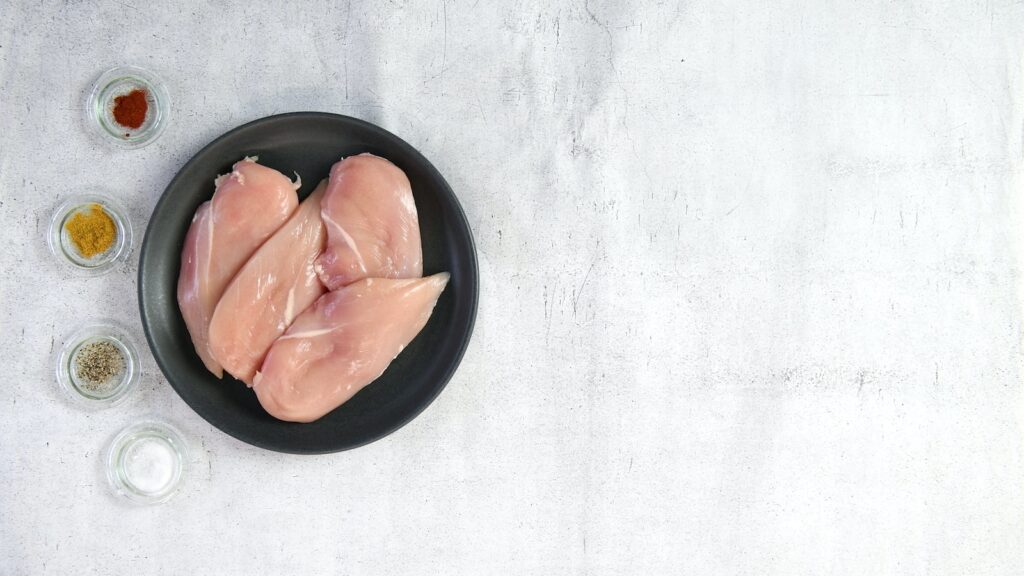
Nutritional Breakdown:
A skinless, cooked chicken breast (approximately 100g) provides around 31g of protein, making it one of the highest protein sources per serving. It is also a good source of B vitamins, especially niacin and B6, which are important for energy metabolism and cognitive function. It is low in fat (especially when the skin is removed) and contains no carbohydrates.
Tips for Preparation and Consumption:
Chicken breast is incredibly versatile and can be cooked in many ways including grilling, baking, boiling, or stir-frying. It’s important to cook chicken thoroughly to avoid foodborne illness. Season it with herbs and spices for flavor and pair it with vegetables and whole grains for a balanced meal. Avoid frying or breading chicken to keep it healthier.
Lean Beef
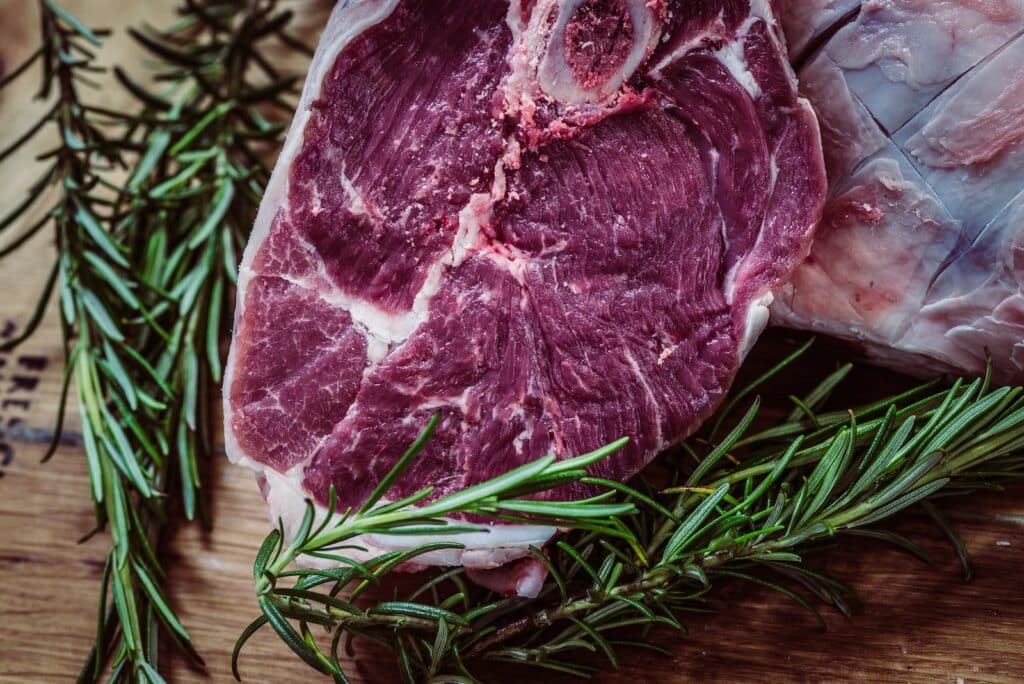
Nutritional Breakdown:
Lean beef, specifically cuts like sirloin or tenderloin, is a high-quality protein source. A 100g serving provides about 26g of protein. In addition to being a complete protein, lean beef is also rich in important nutrients like iron, zinc, and vitamin B12. The iron from beef, a heme iron, is more easily absorbed by the body compared to plant sources.
Tips for Preparation and Consumption:
Grilling, broiling, or roasting are the healthiest cooking methods as they don’t require added fats. Use herbs and spices for flavor instead of high-sodium sauces. Pair with a variety of colorful vegetables and whole grains for a balanced and nutrient-rich meal.
Greek Yogurt
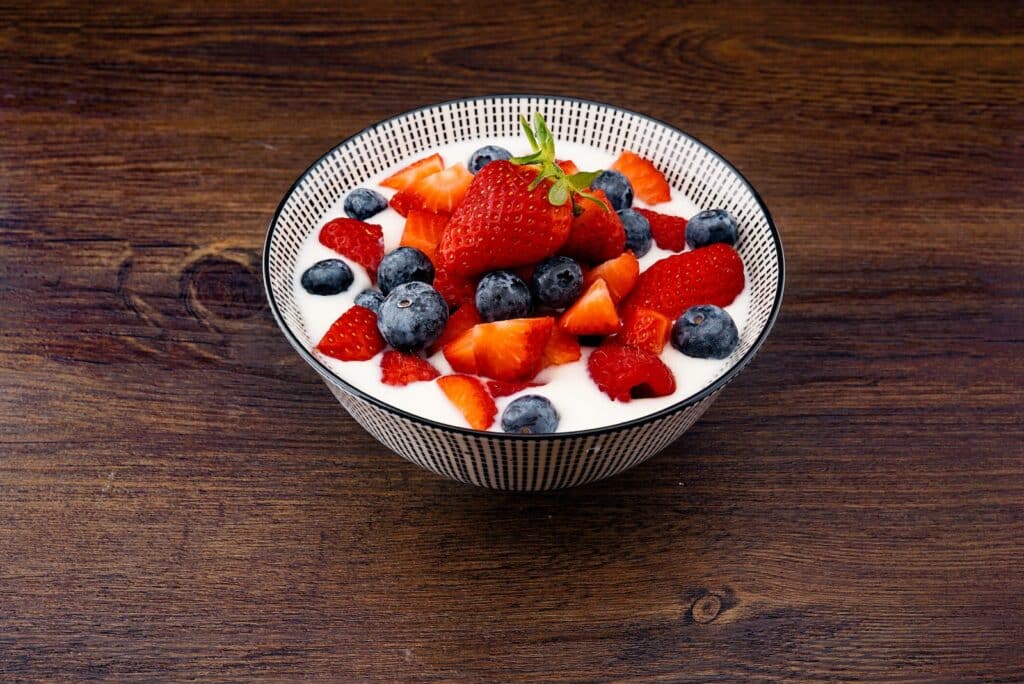
Nutritional Breakdown:
Greek yogurt is a protein powerhouse, delivering approximately 10g of protein for every 100g. This creamy delight also hosts a thriving colony of probiotics, the friendly bacteria helpful for a healthy gut. Beyond this, it stands as a sturdy pillar of calcium, fortifying our skeletal system. When opting for Greek yogurt, choose the plain variant to sidestep the trap of added sugars.
Tips for Preparation and Consumption:
Greek yogurt struts its versatility, fitting into any mealtime frame. Swirl it with a medley of fruits and nuts, and you’ve got a nourishing breakfast or a grab-and-go snack. Turn it into a smoothie base for a refreshing beverage, or include it in your cooking and baking routine, replacing sour cream or mayonnaise with this healthier alternative.
Tofu
Nutritional Breakdown:

Carved out of soybean curds, tofu is a respected contender in the plant-based protein race. A 100g serving of tofu brings to the table around 8g of protein. Beyond this, it bears a generous offering of iron and calcium, and is a complete protein source, housing all nine essential amino acids.
Tips for Preparation and Consumption:
Tofu presents itself as a culinary chameleon, adapting to various cooking methods, including stir-frying, grilling, baking, or scrambling. It’s a flavor sponge, absorbing marinades to deliver a taste-packed bite. Stir-fry it with a rainbow of vegetables, bathe it in hearty soups, or scramble it for a vegan twist on the classic scrambled eggs.
Lentils
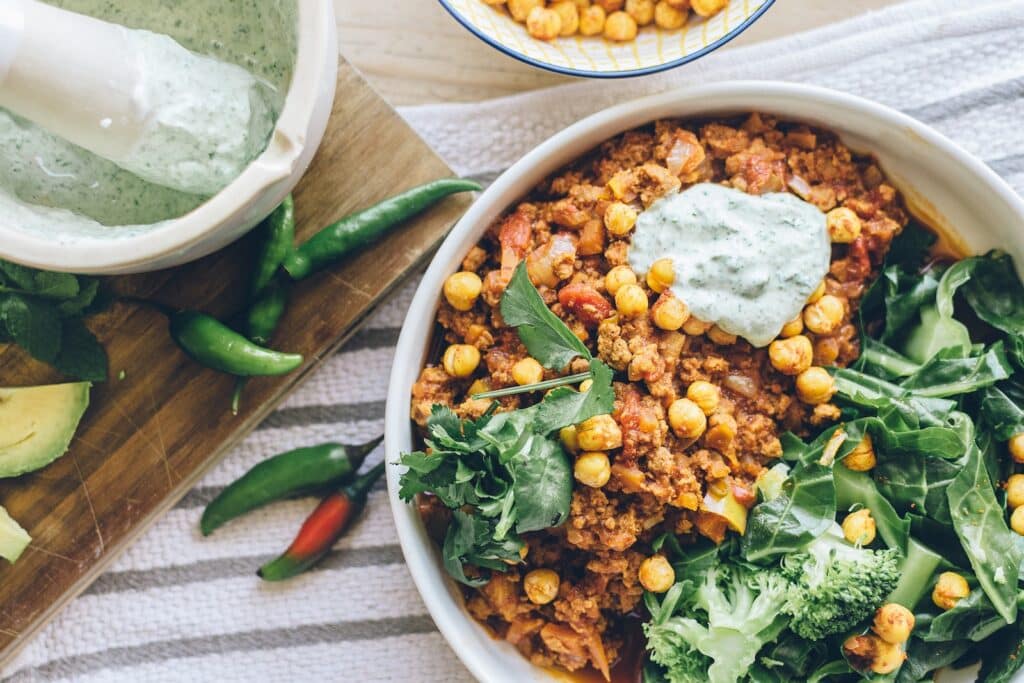
Nutritional Breakdown:
Lentils stand as an exceptional representative of plant-based proteins, boasting around 9g per 100g serving. They come loaded with dietary fiber, acting as a digestion aid and giving a sense of fullness. Not stopping there, lentils are a treasure trove of vital nutrients like folate, iron, and other essential minerals.
Tips for Preparation and Consumption:
Lentils can add heartiness to soups, crunch to salads, or stand in for meat in dishes like tacos and spaghetti Bolognese. They don’t require soaking before cooking, unlike many other legumes, making them a convenient choice.
Quinoa
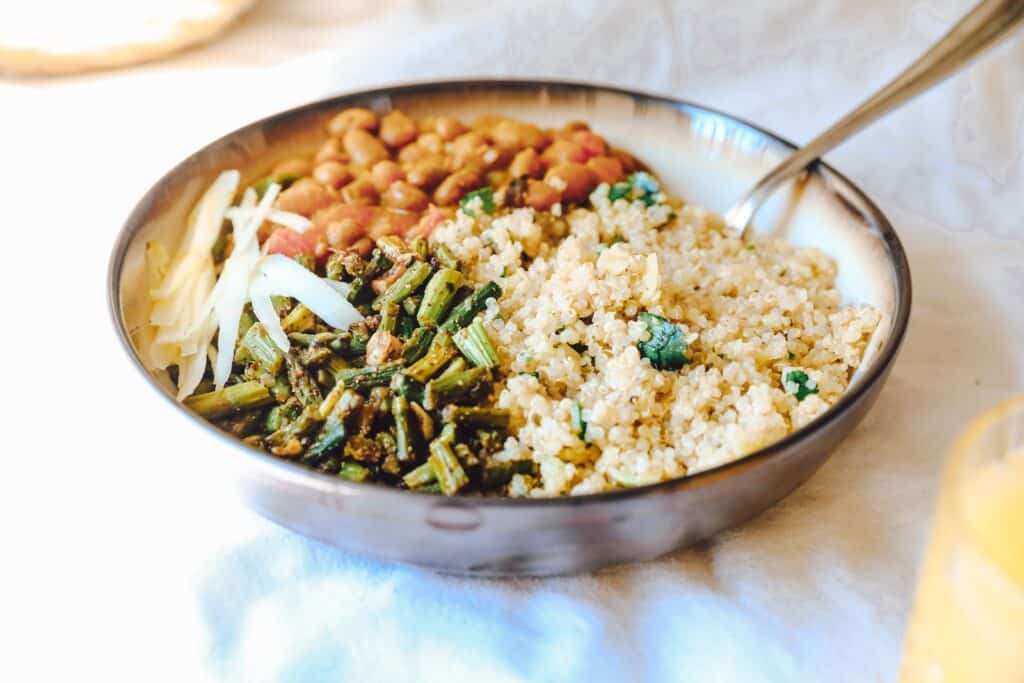
Nutritional Breakdown:
Quinoa, the superfood delivers around 4g of protein per 100g serving. Remarkably, it’s among the rare plant-based foods that boast a complete protein profile, incorporating all essential amino acids. It doesn’t end there, as quinoa also houses an abundance of fiber and key nutrients such as magnesium, B vitamins, iron, potassium, calcium, phosphorus, and vitamin E.
Tips for Preparation and Consumption:
Quinoa is easy to prepare and versatile. It can masquerade as rice in a variety of dishes, pep up salads, form a foundation in baking, or even transform into a nutritious breakfast porridge. Be sure to rinse quinoa before cooking to banish its natural bitter coating.
Eggs

Nutritional Breakdown:
Eggs, the humble breakfast staple, are a robust source of high-quality protein. Each large egg includes around 6g of protein and brings along all essential amino acids. Eggs also nest a variety of vitamins and minerals, including the notable vitamin B12, vitamin D, and iodine.
Tips for Preparation and Consumption:
The egg’s versatility shines in the multiple ways it can be prepared: boiled, poached, scrambled, or metamorphosed into an omelet. While it’s true the yolk harbors cholesterol, it also contains a multitude of nutrients, and contemporary research suggests dietary cholesterol does not significantly impact blood cholesterol as previously thought. Thus, eggs remain a nutritional bonanza, waiting to be cracked open and enjoyed in moderation.
Fish (such as salmon, tuna)
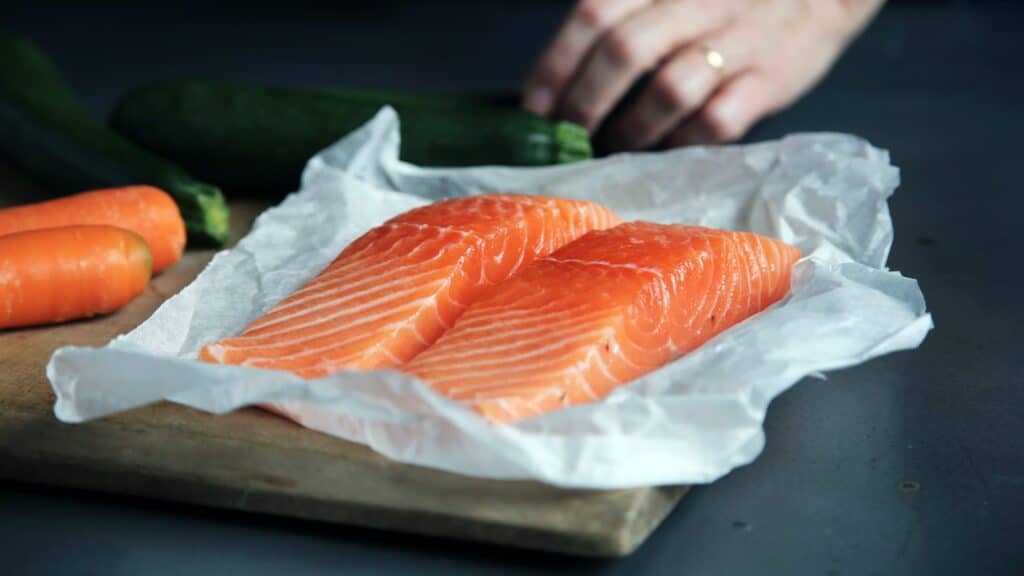
Nutritional Breakdown:
Fish like salmon and tuna are excellent sources of high-quality protein. A 100g serving of salmon provides about 22g of protein, while the same serving of tuna provides about 24g. They are also rich in omega-3 fatty acids, which are essential for heart and brain health, as well as vitamin D and iodine.
Tips for Preparation and Consumption:
Fish can be baked, grilled, or steamed for a healthy meal. Combining fish with a serving of vegetables and a whole grain creates a balanced plate. Be mindful of the source of your fish to avoid high levels of mercury and support sustainable fishing practices.
Almonds
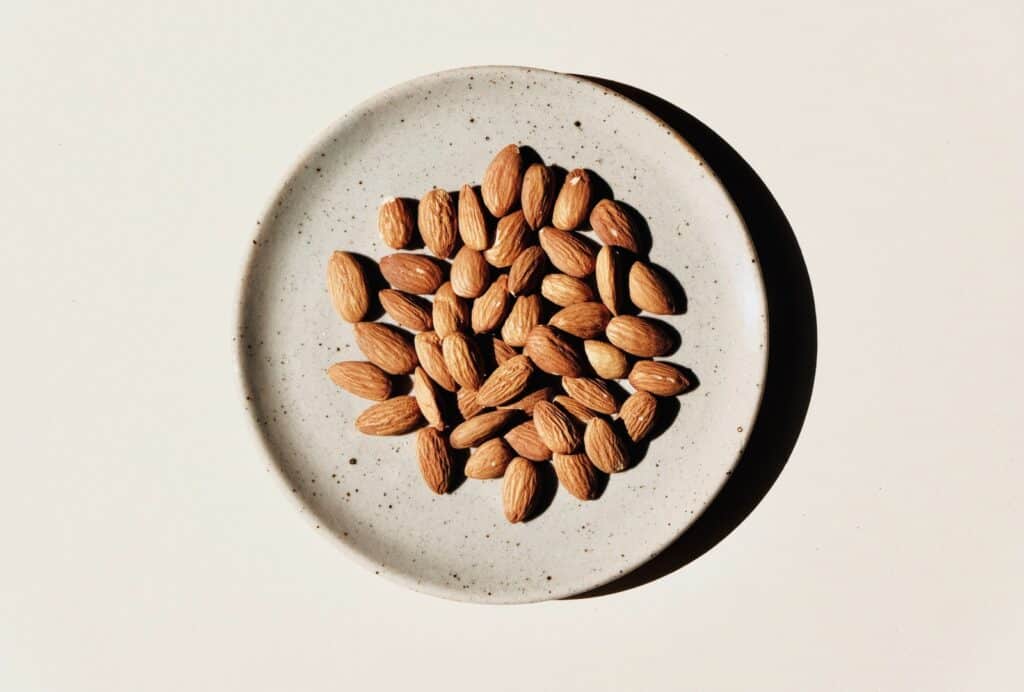
Nutritional Breakdown:
Almonds are a great source of plant-based protein with approximately 6g per 28g serving. They also provide a good amount of fiber, healthy fats, vitamin E, and magnesium.
Tips for Preparation and Consumption:
Almonds make a great on-the-go snack. They can also be added to salads, yogurt, and baked goods or used in homemade trail mix. Be mindful of portion sizes, as while almonds are healthy, they are also calorie-dense.
Whey Protein
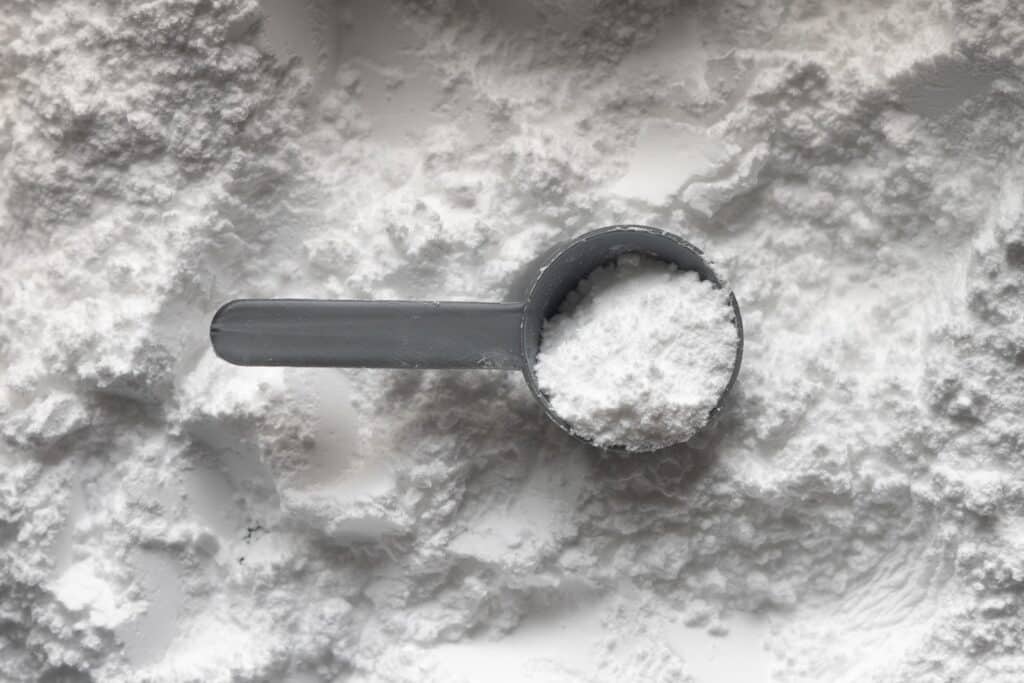
Nutritional Breakdown:
Whey protein is derived from milk and is a complete protein. It’s often used in protein powders due to its high protein content and quick absorption rate. A typical serving (30g scoop of whey protein powder) contains around 24g of protein, but this can vary between brands.
Tips for Preparation and Consumption:
Whey protein can be added to smoothies, oatmeal, or baked goods to increase the protein content. It’s a convenient option for those needing to increase their protein intake significantly or looking for a quick post-workout recovery meal. It’s important to choose a product with minimal added sugars and artificial ingredients. People with lactose intolerance or milk allergies should avoid whey protein.
Considerations When Incorporating These Proteins into Your Diet
Understanding Serving Sizes
The journey of understanding protein consumption is far from a one-size-fits-all approach. We make our way through this complicated world with our different ages, genders, and levels of physical activity, all while keeping our own unique health profiles. The dietary roadmap provided by America’s dietary guidelines sketches a general picture, suggesting that adults should consume around 10-35% of their daily caloric intake from protein. This loosely translates into a daily quota of around 46 grams for women and 56 grams for men. However, like a river carving its path, individual protein needs can vary, especially for those with higher physical activity or those in the miracle of pregnancy. It’s here where the art of understanding serving sizes of different protein-rich foods can act as a compass, helping to meet, but not overshoot, your daily protein requirements.
Discussing Moderation and Balance
A crucial warning in the protein narrative is moderation. Despite its significance in our diet, one should be wary not to tip the scale in its favor at the cost of other nutritional groups. Such an imbalance can lead to nutritional discord. It’s crucial to remember that protein-dense foods such as lean meats, dairy, and nuts also house other nutrients, including fats. Harmonizing your protein consumption with a vibrant medley of fruits, vegetables, and whole grains helps ensure a varied, balanced diet, meeting your comprehensive nutritional needs.
Considering Dietary Restrictions and Allergies
As we embark on this protein journey, it is imperative to consider personal dietary boundaries or allergic reactions. For instance, those with lactose intolerance might need to swerve past dairy-rich proteins such as Greek yogurt or whey protein. The path may also be littered with hurdles for nut allergy sufferers, steering clear of almonds, and vegetarians or vegans, evading animal-based proteins. However, despair not! The protein universe is full of diverse options, offering alternatives to suit various dietary needs. In case of any health uncertainties or concerns, seeking guidance from a healthcare provider or dietitian can be the beacon in the nutritional odyssey.
Conclusion
Our research has shown us that proteins come from both animals and plants. Proteins from animals include chicken breast, lean beef, eggs, and fish. Proteins from plants include lentils, quinoa, tofu, and nuts. Dairy goods like Greek yogurt and supplements like whey protein have something to do with them. Each of these foods offers high protein content along with various other beneficial nutrients. Thus, making them excellent choices to incorporate into your diet.
This wide range of foods makes us appreciate how versatile they are and pushes us to try new things with them in our own cooking. There are many ways to eat more protein. You can add quinoa to a salad, eating a Greek yogurt parfait for breakfast, or snacking on a handful of nuts.
Protein, as a crucial macronutrient, assumes various pivotal roles in our body, from muscle restoration and growth to hormone generation and immune function. Crafting a balanced diet that comprises a variety of high-protein foods can propel us towards overall health and wellbeing. The golden rule, as always, is equilibrium and moderation in consumption, aware of personal dietary needs and restrictions.
With this information, you stand ready to make informed choices about your protein consumption, appreciating the wide range of foods that help meet your nutritional requirements. So, here’s to your journey of health, wellbeing, and making smart choices!
References and Further Reading
- WebMD. (n.d.). High-Protein Diet: What It Is and How to Do It. Retrieved from https://www.webmd.com/diet/ss/slideshow-high-protein-diet
- Healthline. (n.d.). A High-Protein Diet Plan to Lose Weight and Improve Health. Retrieved from https://www.healthline.com/nutrition/high-protein-diet-plan
- Medical News Today. (n.d.). What to eat on a high-protein diet. Retrieved from https://www.medicalnewstoday.com/articles/321522
- Harvard Health Publishing. (n.d.). High-protein foods: The best protein sources to include in a healthy diet. Retrieved from https://www.health.harvard.edu/nutrition/high-protein-foods-the-best-protein-sources-to-include-in-a-healthy-diet
- Mayo Clinic. (n.d.). High-protein diets: Are they safe? Retrieved from https://www.mayoclinic.org/healthy-lifestyle/nutrition-and-healthy-eating/expert-answers/high-protein-diets/faq-20058207







